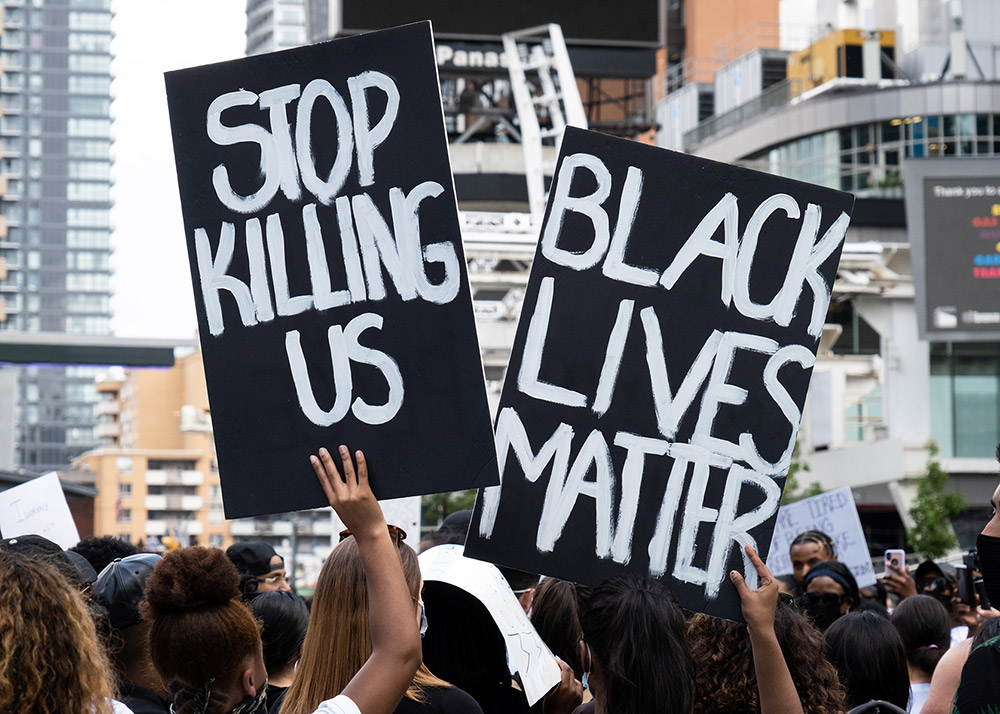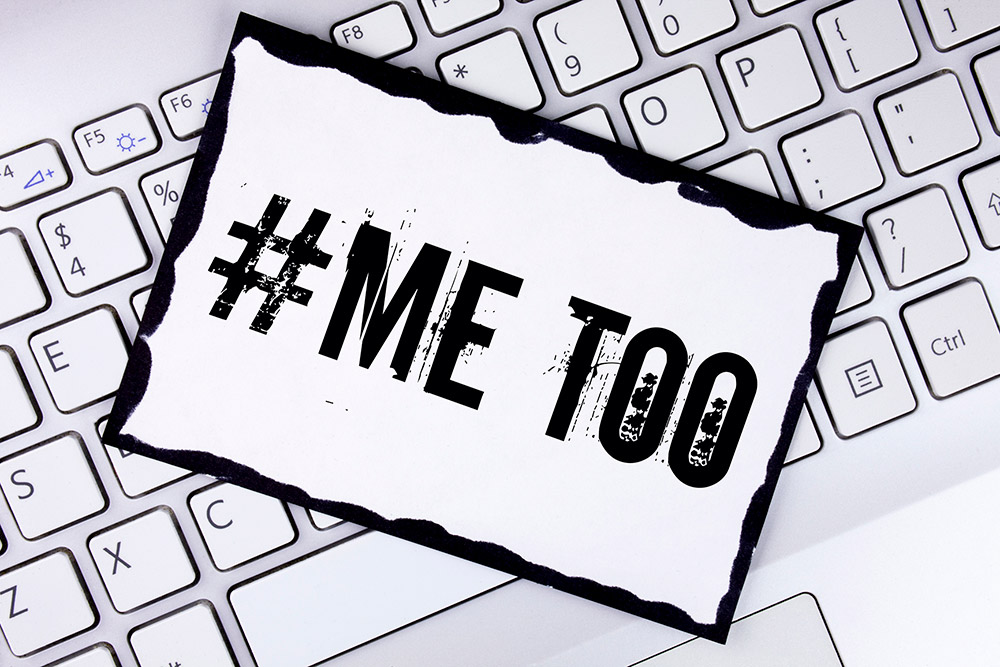Article
Black Lives Matter-Canada
Black Lives Matter (BLM) is a decentralized movement to end anti-Black racism. It was founded as an online community in the United States in 2013 in response to the acquittal of the man who killed Black teenager Trayvon Martin. Its stated mission is to end white supremacy and state-sanctioned violence and to liberate Black people and communities. The Black Lives Matter hashtag (#BlackLivesMatter) has been used to bring attention to discrimination and violence faced by Black people. BLM has chapters in the United States and around the world. There are five chapters in Canada: Toronto (BLM-TO), Vancouver (BLM-VAN), Waterloo Region, Edmonton, and New Brunswick.




.jpg)








